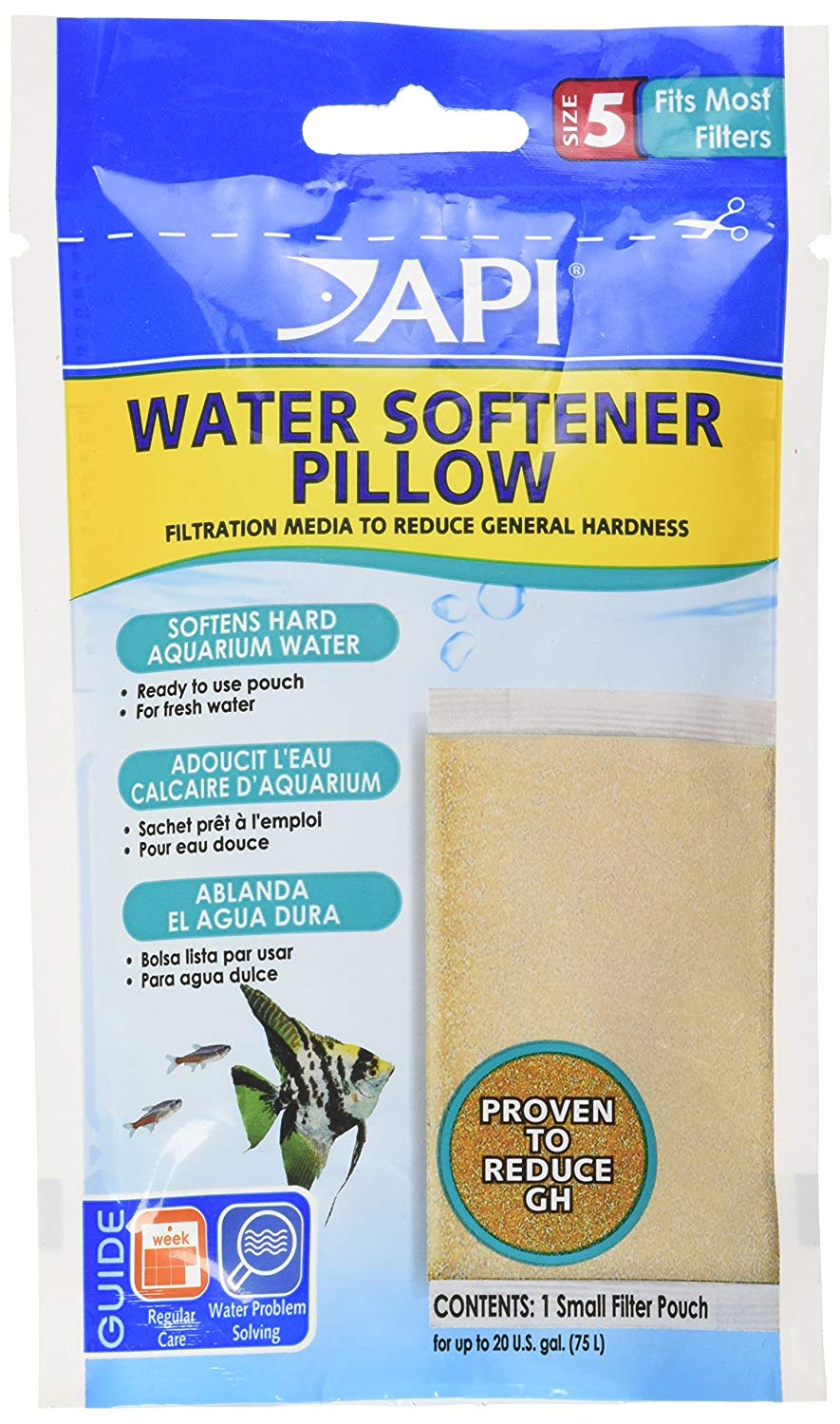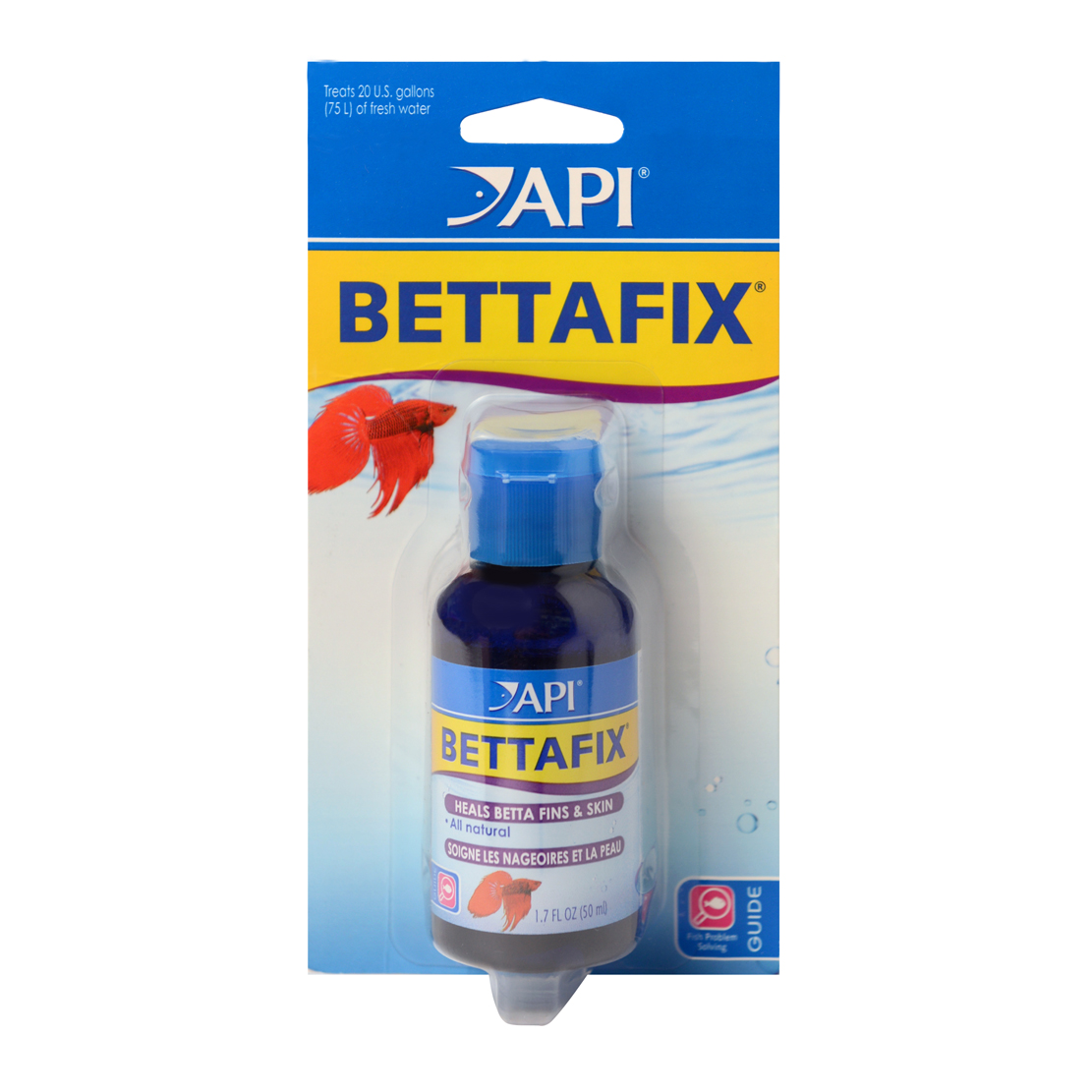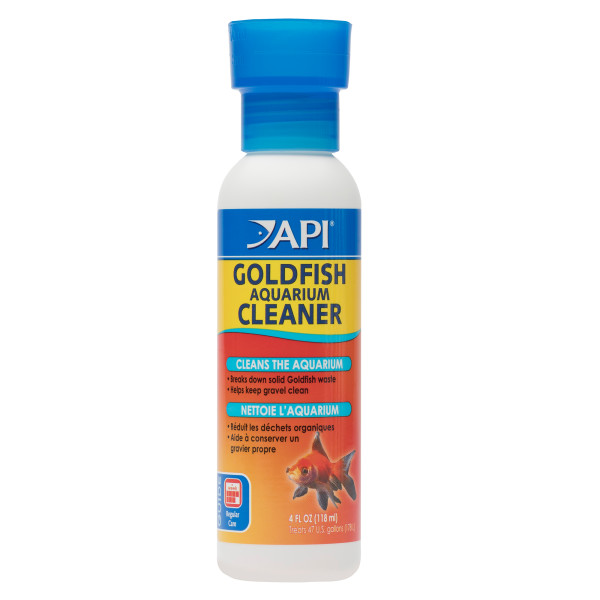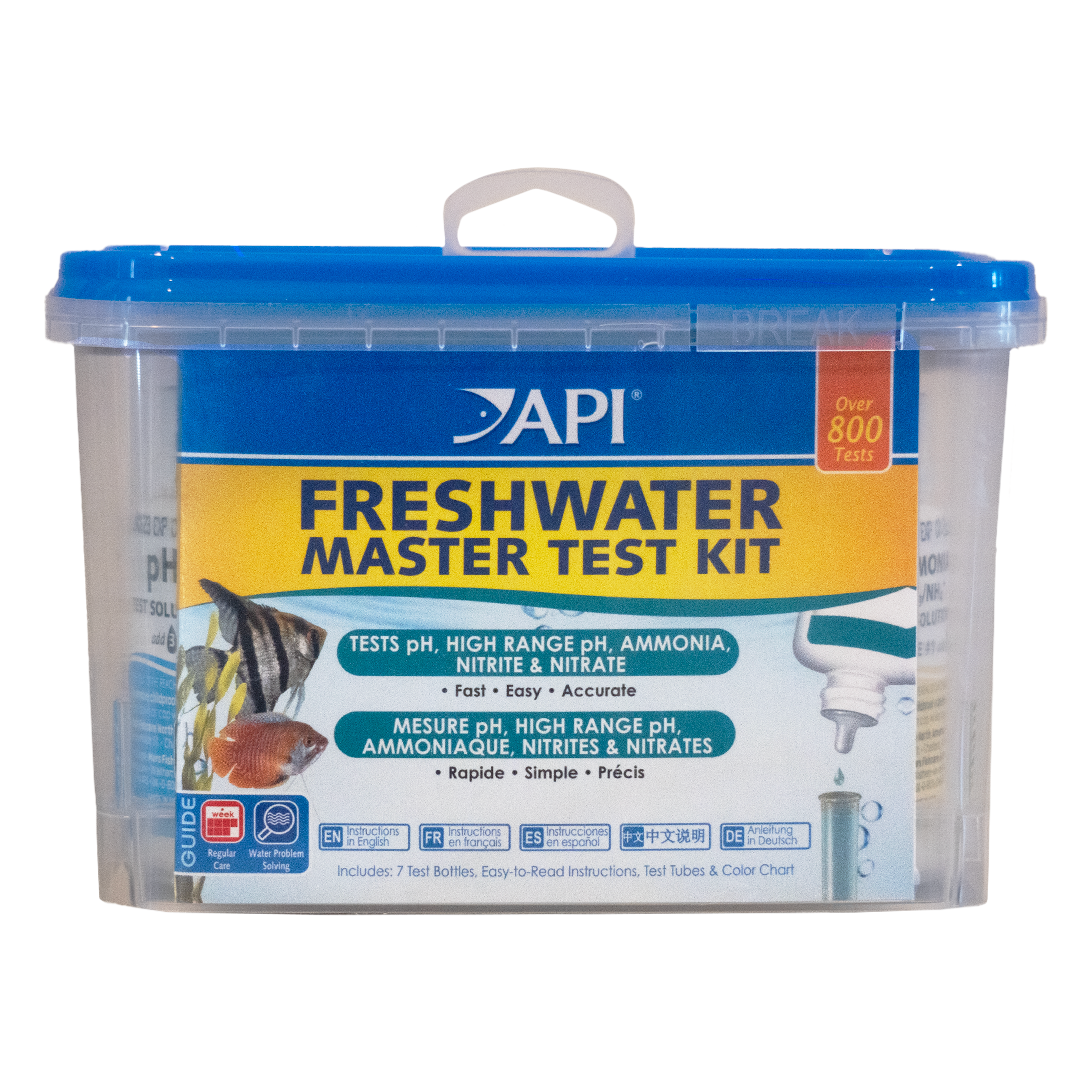
SALTWATER MASTER TEST KIT
The API® SALTWATER MASTER TEST KIT measures the 4 most important saltwater parameters – pH, ammonia, nitrite, and nitrate – to enable easy testing of your tank’s natural cycle, and to aid in maintaining a thriving saltwater aquarium. Testing is fast, easy, and accurate, yielding precise results, and comes with 4 test tubes and a convenient holding tub for easy storage. This kit also includes a complete, step-by-step instructional booklet with a color chart that provides information on how to correct unsafe water conditions. Each SALTWATER MASTER TEST KIT will conduct 550+ tests, so you can get the most out of your kit for years of fast, accurate water testing.
We recommend that you take a few minutes each week to monitor your aquarium conditions and create a better underwater world for your fish. Testing your aquarium water has never been so easy or accurate!
Sizes
Contains 550 tests and includes 6 test solutions, easy-to-ready instructions, 4 test tubes and color chart
See attached instruction manual.
- API Ammonia Solution 1 Safety Data Sheet.pdf Opens in new window
- API Ammonia Solution 2 Safety Data Sheet.pdf Opens in new window
- API High Range Ph Safety Data Sheet.pdf Opens in new window
- API Nitrate Solution 1 Safety Data Sheet.pdf Opens in new window
- API Nitrate Solution 2 Safety Data Sheet.pdf Opens in new window
- Freshwater.pdf Opens in new window
- What water parameters does API SALTWATER MASTER TEST KIT test for?
API SALTWATER MASTER TEST KIT tests for high range pH, ammonia, nitrite, and nitrate, all of which need to be regularly monitored for proper water conditions for your fish.
- Can I use API SALTWATER MASTER TEST KIT for reef aquariums (as opposed to API REEF MASTER TEST KIT)?
You can use API SALTWATER MASTER TEST KIT to test parameters in an aquarium with reefs; however, for best results, it is recommended that you use API REEF MASTER TEST KIT.
- What is included with the SALTWATER MASTER TEST KIT?
The kit includes six test solutions, easy-to-read instruction, test tubes, and a color chart.
- How do I care for and clean my test tubes
Once the test has completed, it is important to rinse the test tube with water right away so that the contents don’t stay in the test tube. This will make sure that the reagents don’t cause anything to stick to the sides of the test tube, which could cause staining over time.
Simply run the water, open the test tube gently (do not twist the cap), and allow the water to dilute and rinse the contents out of the test tube. Avoid getting the contents of the test tube on your skin.
If you find that you have forgotten reagent within your test tube for a long period and the color is sticking to the tube, you are able to use a small bottle brush (and some API Safe & Easy cleaning spray) to gently wash the inside of the tube. Avoid the use of soap, as soap residue could be introduced back into the aquarium when filling the test tube at next use, which is something that could be harmful to your fish.
Replacement test tubes are also available for purchase from online retailers, should you need additional test tubes.
- How hard do I shake the test tube when performing the tests?
While it is important to shake the indicated reagent bottles very vigorously, you should be gentler when shaking the test tubes during testing. Before shaking, make sure that the cap is closed tight. Place a finger or thumb on top of the cap, to make sure it cannot come undone during use. The goal of this shaking step is to mix the contents of the tube together and this can be accomplished by simply inverting the test tube, back and forth every 1-2 seconds, for the indicated amount of time.
Recommended Products


BETTAFIX™

GOLDFISH AQUARIUM CLEANER

